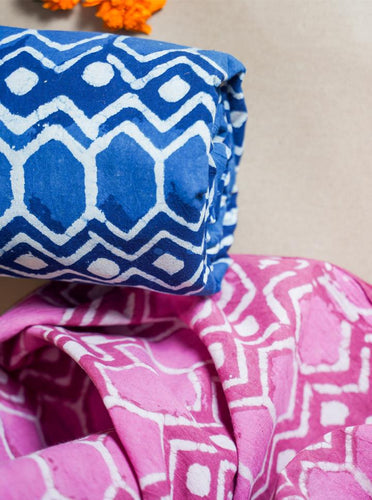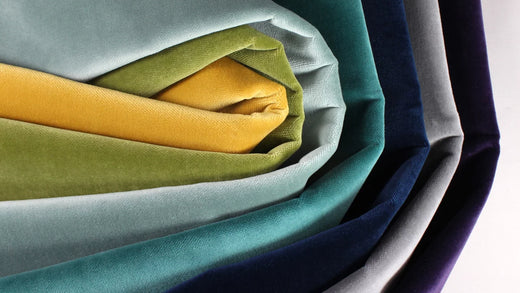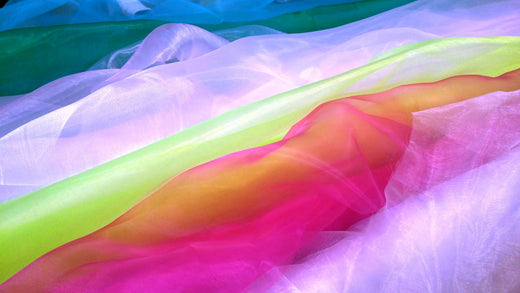
THE BEAUTY OF DABBU
Dabu or daboo is an ancient mud resist hand block printing technique from Rajasthan. The practice almost died out in the last century but was revived and is today a flourishing business in many villages of Rajasthan. Dabu printing is very labour intensive and involves several stages of printing and dyeing; the end result is therefore very unique and beautiful. Kapda Shop’s Dabu printed fabrics display a subtle and extraordinary beauty and depth which is appreciated around the world. It has captured the imagination of modern-day designers. Daboo is today frequently used to decorate many Indian and Indo-western clothes and home décor items.
Daboo printing is often grouped together with other Rajasthani hand block prints like Sanganeri and Bagru, but is in fact quite distinct in terms of its look and method. The designs are said to be very similar to ‘Batik’ though the techniques used to produce the two are quite different.
The process of Daboo printing is quite complicated, involving many workers and multiple stages of printing, washing and dyeing. First, the plain fabric received from the mills is carefully washed to remove any impurities which may interfere with the dyeing process. Then, designs are meticulously and painstakingly hand printed on to the fabric using blocks which are dipped into fast dyes. The next and crucial step involves the use of the mud resist which makes this print so unique.
The typical motifs used are nature-inspired ones of peacocks, mangoes, leaves, cornstalks (called boota), sunflower (surajmukhi) and animal figures. Geometric shapes, dots and wavy lines may also be used. The designs thus created are repeated over and over again all over the fabric. Sometimes, the mud paste cracks and leaks, creating a distinctive vein like effect similar to Batik. Daboo printing is used to create all types of Indian garments, from sarees and salwar kameez to shirts, tunics and kurtas. Scarves, stoles and shawls printed with daboo designs are also very common, as well as accessories like totes and jhola bags. Daboo printing is also used to decorate linens, bedsheets, bed covers, cushions and curtains.
Perhaps the most iconic look incorporating Daboo prints is the ethnic artistic one. This distinctive look is worn by high brow literati, artists and society ladies who love wearing sophisticated yet ethnic garments like printed sarees. To pull of such a look, a one of a kind daboo printed sari is essential, along with antique metal necklaces and/or tribal wooden or clay jewelry.
Fabrics with daboo prints should be first washed by hand to check the fastness of the colors, after which they can be machine washed in cool water. It is best to air dry these fabrics to avoid ruining the brightness of the color. Natural and vegetable dyes tend to be very fast and take a long time to fade, though repeated machine washes may speed up the process.










